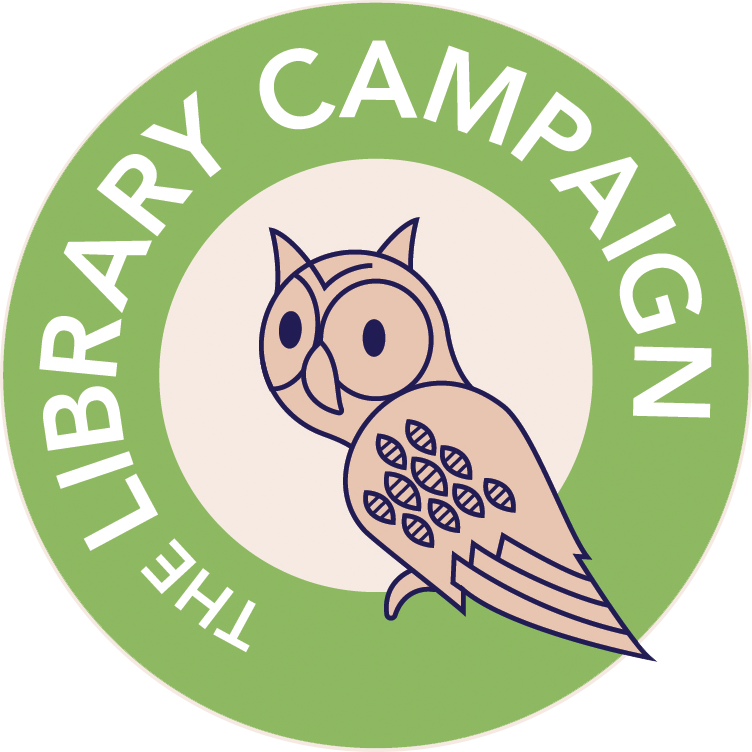THE OBVIOUS
Obvious, but surprisingly often neglected – whatever publication/website you have in mind, look at it first.
Is your offering on the kind of topic it covers, in its type of writing style/approach, the right length? (websites/blogs have more space, but don’t be a bore). Angle your story to the aspect that most clearly concerns this particular publication – jobs at risk? local news? literature? heritage? social deprivation? young families? local facility? etc…
COMMENT
Online newspapers/magazines have a comments slot at the end of articles. That’s one way to guarantee yourself some cover.
LETTER
A letter is more likely to be published than a press release – but of course it is not guaranteed. You have more chance if your letter is (i) short (ii) timely – if it’s a response to an event, or to something that has appeared in the publication, don’t waste a minute. Always include your address/contact details – even if you don’t want them published (make this clear). Nobody accepts anonymous letters. Consider sending multiple letters on a hot topic – but obviously with different senders, different wording. Including a picture may help.
AN ARTICLE
Newspapers and magazines are increasingly under-staffed and willing to accept unsolicited articles and comment pieces – especially for their hungry websites (which may take video too).
But check in advance. Send a brief note or email and if necessary follow up with a phone-call.
Again, a picture can help.
NON-COMMERCIAL PUBLICATIONS
Non-commercial publications, such as trade union magazines, parish magazines or community newsletters generally welcome contributed articles.
Ask your group members for ideas on publications they know about.
Again, a picture can help.
PICTURES
Before an event you could make it clear in a press release that it would make a good picture – whether it is a demonstration outside the Town Hall or a fun event in fancy dress. Type ‘PHOTO OPPORTUNITY’ in capitals, and explain exactly when it will take place. A photographer won’t have time to hang around.
More likely, a publication (even a national one) won’t have a photographer to spare. You could promise to send your own picture as soon as it’s taken.
YOUR OWN PICTURE
Good quality phone pictures are acceptable. That means sharp, and interesting.
Use some creativity. The media is overloaded with shots of people in a line, passing cheques or awards, shaking hands. So…
- Group people tightly.
- Get them to do something.
- Make use of anything colourful, appealing or unusual that you can put in – children (get parents’ or carers’ written permission), a toy, balloons, fancy dress, placards. A book with a striking cover is a good standby.
- Take the photo at an unusual angle.
PHOTO CAPTIONS
- Provide a caption: who, what, when, where.
- If there are people in the picture, name them or at least describe them (e.g. ‘children from X School’).
Make sure you have permission to publish from the people in the photo or (if relevant) their parents.

